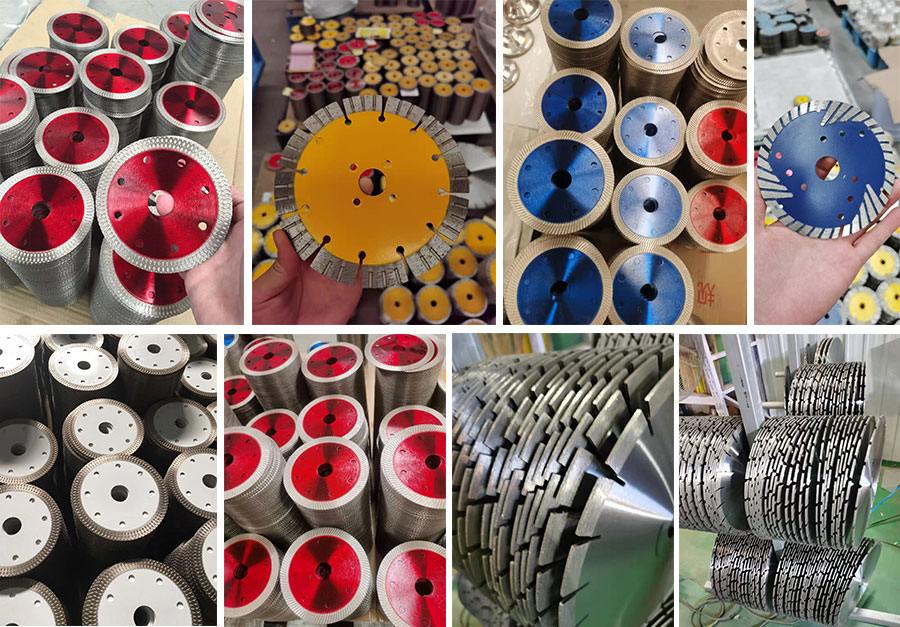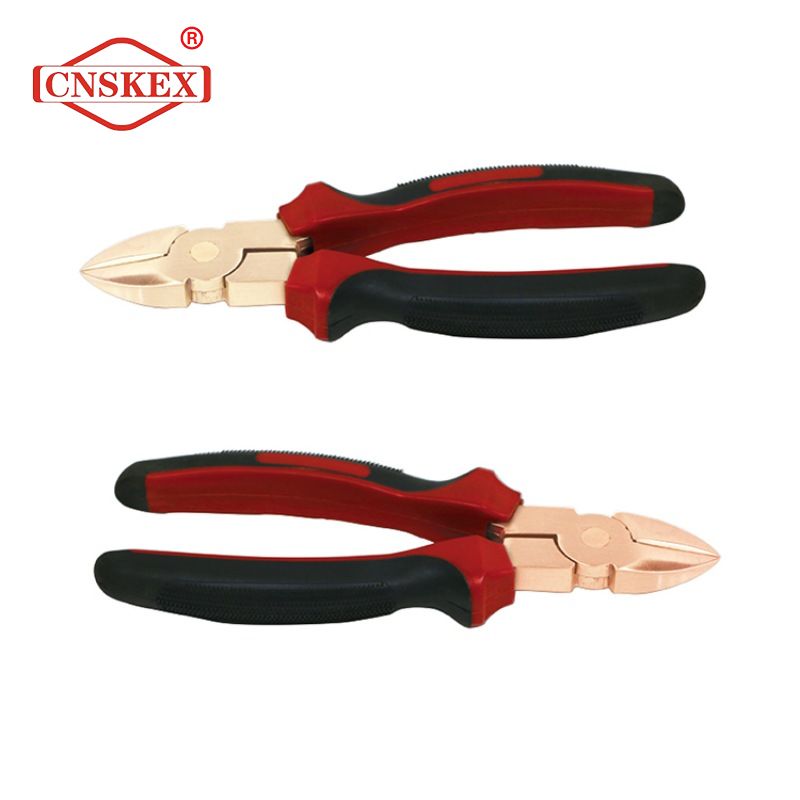How diamond saw blades improve the smoothness of stone cutting
I believe that many stone processing factory owners have encountered such questions after completing the final delivery. Why are the plates of this batch not as neat as the previous batch? This is a very common phenomenon in the stone industry. Why are the saw blades What if such a situation occurs? Mainly caused by the following problems.
1. Idling of the saw blade: Especially when a new substrate is used for the first time, it needs to be idling for about 10-20 minutes. It also needs to be idling with water during the high temperature season in summer. The purpose is to further clean the impact of the welding head on the substrate and enhance the saw blade's performance. Maintains memory of intrinsic quality under high-speed rotation.
2. The cut blocks should not be less than 0.5m³ and should be placed securely. The bottom surface should be padded with square wood and firmly packed. The blocks should be located in a symmetrical position on the workbench to ensure the stability of the work platform and the blocks. There is shaking and shaking.
3. Adjust the travel switch according to the length, width and height of the block material so that the saw blade lifting and material truck travel are within a reliable and effective range. Before sawing, the blade edge of the saw blade should be 10 to 20 mm away from the block material. After sawing, the saw edge should be 20-40mm away from the bottom of the block. Before the saw blade carriage moves left and right, the saw blade should be completely withdrawn from the saw edge of the block. The distance should not be less than 150-200mm to prevent the saw blade from hitting the block. material.
4. Test cutting can only be carried out after the diamond saw blade is idling stably. The saw blade is not allowed to be started when the cutting edge of the saw blade is in contact with the block material. The saw blade is not allowed to stop rotating during cutting. It must be withdrawn from the saw edge before stopping.
5. If you find that the block is shaking during cutting, you should stop cutting immediately and wait until the block is firmly fixed before continuing to work. Do not move the block arbitrarily during cutting.

6. If it is found that the saw blade decelerates significantly or even clamps during cutting, it may be caused by belt slippage, loose compression nut, too deep cutting depth, too fast cutting speed, etc., and should be adjusted in time.
7. The linear speed should be compatible with the hardness and wear resistance of the stone being processed. Since there are many types of granite, the corresponding hardness will be different. If the stone in a certain order is soft, you should inform your saw blade supplier of your cutting Depending on the type of stone, they provide corresponding wear-resistant saw blades. On the contrary, if it is hard granite, you need sharp cutting blades. And if you cut a wide variety of stones, you need a universal saw blade (tip: when the line speed is not high, increasing the cutting efficiency will reduce the life of the saw blade.)
8. The feed speed mainly depends on the performance of the processed material. For each material, there is a certain range of feed speed when the cutting depth is certain. If the speed is too high, the diamond will wear faster or even fall off, causing saw blade consumption. If the speed is too low, the self-sharpening process of the saw blade will not proceed normally, resulting in "blunting, slipping" and loss of cutting ability. In general, the feed speed should be slow when cutting and should be uniform when sawing. For common typical materials, when the cutting depth is 20mm, the following feed speed table is recommended for your reference. When the thickness changes, the cutting speed can Converted based on cutting area (㎡/min). (Tip: The first feed or the first three walks of each board should be performed in half.)
9. Cutting depth: Medium-hard stones such as marble and limestone can be cut through in one go. Hard stones and abrasive materials such as granite and sandstone should be cut in steps. When cutting granite with a single-blade saw, the cutting depth is generally 10-20mm. , the cutting depth of marble is 50-100mm, and the cutting depth of multiple pieces of double-sided hard granite is 3-5mm, which should be determined according to the hardness of the stone, the performance of the saw blade and saw machine used.
10. If the rotation direction of the saw blade is the same as the feeding direction of the stone, it is forward cutting, and vice versa. When cutting backward, there is an upward vertical component, which creates a tendency to lift the stone. Therefore, in order to stabilize the stone, under the same conditions Down, straight cutting should be used as much as possible. When using reverse cutting, the cutting depth should be reduced, generally to 1/3-1/2 of that of forward cutting.
In addition, the quality of the granite saw blade itself is also inseparable from the effect of the final cut stone. Different stone materials require different saw blade products. JK specializes in the production of stone cutting blades. Customers are welcome to call the factory for consultation.
Related Articles









Comments